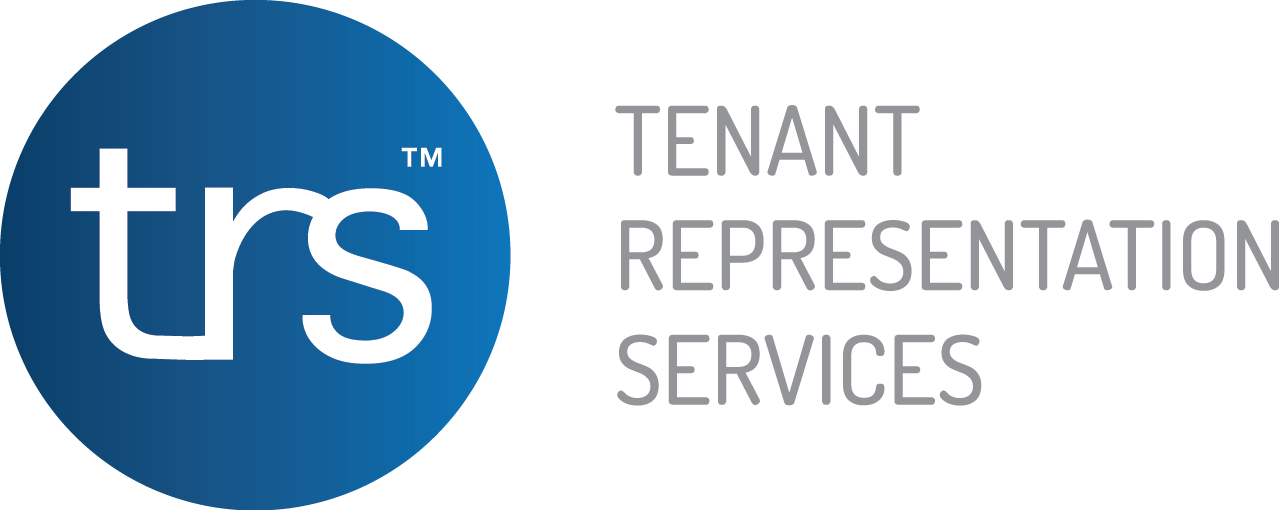As the way we work continues to evolve, so should the way we think about office space.
For CFOs and executive leaders responsible for both the bottom line and the employee experience, one term is becoming increasingly important: workplace strategy.
But what exactly does it mean – and why should it matter to you?
What is workplace strategy?
Workplace strategy is a structured plan that aligns business objectives with office space, technology, and company culture.
It takes into account organisational, financial, people, cultural, ESG, and technological priorities to ensure the workplace supports both current operations and future growth.
This doesn’t just mean choosing desks or picking out furniture. Workplace strategy looks at the bigger picture. It asks questions like:
- How do our people like to work?
- Do they need quiet spaces, meeting rooms, or more flexibility?
- Can we support hybrid or remote work?
- How do we create a space that reflects our company’s values?
It blends data, design, and business goals to create a space that works for both the company and the people in it.
Why is it important?
A well-thought-out workplace strategy can have big benefits. It can:
- Boost productivity: People work better in spaces that support their tasks.
- Attract and keep talent: A modern, thoughtful work environment shows employees they’re valued.
- Support hybrid work: As more people work remotely, offices need to adapt.
- Save money: By using space more efficiently, companies can reduce wasted space and cut costs.
- Strengthen culture: The right space can encourage collaboration and reinforce company values.
In short, workplace strategy helps create a better experience for employees and a smarter investment for the company.
How workplace strategy is created
Creating a workplace strategy isn’t a one-size-fits-all exercise. It’s a collaborative, investigative process that looks at your business from every angle: people, space, performance, and future needs. The steps typically include:
- Discovery: Understanding your business goals, team structure, and pain points through executive interviews, employee surveys, and leadership workshops.
- Data collection: Reviewing space usage data, headcount projections, remote work policies, and existing lease terms to get a full picture of needs and constraints.
- Analysis & insights: Identifying trends and opportunities – like underutilised space, team collaboration gaps, or future growth requirements.
- Strategic recommendations: Translating findings into a set of clear, actionable strategies – whether that means rightsizing, redesigning, relocating, or embracing hybrid solutions.
- Implementation planning: Coordinating with property professionals, designers, and change management teams to put the strategy into action.
This process gives decision makers the clarity and confidence to move forward with office space decisions that are smart, scalable, and future-ready.
How is it different from office space planning?
It’s easy to confuse workplace strategy with office space planning, but they’re not the same.
- Office space planning is more tactical. It’s about the layout – where desks, meeting rooms, and equipment go. It’s like drawing up a floor plan.
- Workplace strategy is more strategic. It starts with understanding how people work and what the business needs. It comes before the floor plan and helps shape it.
Think of it like building a house: workplace strategy is the architect who designs the house to fit your lifestyle. Office space planning is the contractor who follows that plan to put the rooms in the right place.
Making work better
Whether your team is remote, hybrid, or in the office full-time, a smart strategy ensures your workspace truly works for everyone. It’s about more than just space – it’s about making work better.



